Although it’s probably true of a few of the other courses that I played while I lived in London, I certainly wouldn’t have known about Painswick if it hadn’t been for years of lurking on the discussion forum of Golf Club Atlas. There’s always been a large contingent of UK-based golfers who sought out all these odd little old courses that never make any lists and posted pictures of them. And while we don’t have courses like Royal St. George’s or Swinley Forest in the US, these quirky little English country courses would be even more foreign to American golfers. They’re not going to tolerate a opening drive where the landing area is 65 ft. above the tee or a 115 yard uphill blind par 3. And liability issues would certainly prevent the crossover holes, shared fairways, and a par 4 where the main driving hazard is a country road intersection.
But you find all of that at Painswick, which makes one of the courses that I’d most recommend to American golfers visiting England. Most of them wouldn’t like it, but it’s completely unlike anything they’ll see at home. And after all isn’t travel supposed really to be about experiencing and learning from new things? Everything shouldn’t just be checking boxes off a list or humble bragging Instagram posts. We should try to experience and absorb unusual things, even if they’re not on any lists. Just like art and music would be boring if they were just Michelangelo and Mozart, golf would be far less interesting if it were just manicured top 100 courses. We could all use a little grit and funk in our lives.
Having said that, Painswick has at least a half-dozen of the best holes that I’ve played. It doesn’t quite work as a full golf course because at par 67 but only 4,800 yards, most of the par 4s are very short. And as individually odd and brilliant as some of them are, the lack of variety does hurt the course. But again, not every course needs to be a championship course. And those 150 yard carries are a challenge for a lot of younger, older, and female golfers—and probably almost golfers when the course opened in 1891.
The 220 yard par 4 first hole is one of the wonders of the golf world…but not really in a good way. From tee to green, it’s 95 ft. uphill, but there’s a quarry about 160 yards off the tee that runs up to the front of the green. The quarry is 80 ft. above the teeing ground. So what you want to do is either try to blast a drive onto the green or hit something about 150…which probably plays more like 190. Both times I played it, I chunked my 4-iron into the side of the hill and had about 75 yards. Not what I was trying to do, but it worked just fine.
But you find all of that at Painswick, which makes one of the courses that I’d most recommend to American golfers visiting England. Most of them wouldn’t like it, but it’s completely unlike anything they’ll see at home. And after all isn’t travel supposed really to be about experiencing and learning from new things? Everything shouldn’t just be checking boxes off a list or humble bragging Instagram posts. We should try to experience and absorb unusual things, even if they’re not on any lists. Just like art and music would be boring if they were just Michelangelo and Mozart, golf would be far less interesting if it were just manicured top 100 courses. We could all use a little grit and funk in our lives.
Having said that, Painswick has at least a half-dozen of the best holes that I’ve played. It doesn’t quite work as a full golf course because at par 67 but only 4,800 yards, most of the par 4s are very short. And as individually odd and brilliant as some of them are, the lack of variety does hurt the course. But again, not every course needs to be a championship course. And those 150 yard carries are a challenge for a lot of younger, older, and female golfers—and probably almost golfers when the course opened in 1891.
The 220 yard par 4 first hole is one of the wonders of the golf world…but not really in a good way. From tee to green, it’s 95 ft. uphill, but there’s a quarry about 160 yards off the tee that runs up to the front of the green. The quarry is 80 ft. above the teeing ground. So what you want to do is either try to blast a drive onto the green or hit something about 150…which probably plays more like 190. Both times I played it, I chunked my 4-iron into the side of the hill and had about 75 yards. Not what I was trying to do, but it worked just fine.
At 330, the second is one of the most normal par 4s on the course. The drive is about 25 ft. uphill, so it’s tough to reach the blind quarry about 245 yards out on the right side. You want to hug the tree line on the left because you’ll have a better view and angle to the small green. And be careful as you walk to the fairway; the fourteenth hole plays into this fairway from the opposite direction. Hopefully if you play, there are more hikers than golfers, as there were on this day (a major regional hiking path runs through the middle of the course).
The downhill third is one of Painswick’s many great drivable par 4s. The fairway (shared with thirteen) is wide, but the angle to the green is very difficult if you are right of the right edge of the green. That’s because the green is benched into a hill and pitches hard right-to-left.
Four is an interesting experience: you drive under a power line and directly over the thirteenth tee, 75 yards ahead. This hole is a favorite of many because it plays much longer than the 295 on the card and a miss right leaves a very difficult approach. On a course with many lovely green sites, this is one of the best.
It’s hard to find fitting words to describe the fifth hole. I’ve already described the first as one of the wonders of the golf world. This hole is certainly that too. And maybe also one of the wonders of the archaeology world—it plays 115 yards, 40 feet uphill into a 1st century BC (pre-Roman) fort. You certainly can’t see that in the US. Consider a day at Painswick to have also been a day at a museum.
The sixth is the second of three consecutive par 3s and is considered by Tom Doak and others to be one of the UK’s great par 3s. I agree. It plays just over 200 yards downhill and the approach into the green is split into a low left road and a high right one bisected by a rough covered ridge. I’m a bit skeptical about the possibility of running the ball onto the green on the high right side because it’s narrow and there isn’t enough slope toward the green. The ball wasn’t bouncing anywhere in southern England in July 2016 but even if it were firm, I think that a shot played that way would just bound into junk right of the green. Still, it’s a great all-carry drop shot par 3.
Seven is third consecutive par 3 that plays out the other side of the fort about 150 yards downhill to a deep, skinny green that slopes away. While less heralded than the two previous holes, this one is very different and I liked it.
If you can find it, the eighth is the first of Painswick’s consecutive (and only) par 5s. The area in front of the tee was overgrown and there was a lot more room left than appears here. Although the course is hard to decipher on Google Earth, it appears that the ideal line is directly over the clump of bushes in the left of this frame. The approach plays over the middle of the hiking path to a small sunken green.
Nine plays back parallel to the eighth and again, the drive is deceptive. If possible, you want to go right over the large ash tree about 150 yards from the tee on the right side. This will put you in the right side of the fairway with a clear view of the green.
The approach is strange even for this course. The last 125 yards run through a shaped valley that is less than 20 yards wide. The sides are thick rough and there are random birch trees, first right then left. I couldn’t reach the green and I didn’t think that I could hit the narrow layup area, so I just blasted a 4-iron into the open area behind the seventh green to the right. That worked, but it left a partially blind shot over the edge of some trees. It’s just a very strange hole, although I think it’d work a bit better if they removed some of the birch trees.
Ten is a softer version of five with a convex green that’s nominally about 1,000 sq. ft. but has about 200 sq. ft. of effective pinable area.
Although it doesn’t seem to get much love, eleven is one of my favorite short par 4s anywhere. It’s only 246 on the card, but it’s at least 25 ft. uphill and plays much longer. You can see the right side of the fairway but you don’t want to hit it there because it’s only about 160 to the end of the fairway and the approach from there is blind with a poor angle. Instead, you want to go over the peak of the grassy hill. It’s only about 165 to reach the fairway on this line, although it seems a lot further. You can also miss left because there’s a second, lower tier of rough/fairway. You can also go directly for the green, but a less-than-perfect shot will probably result in a lost ball.
The twelfth is 4 yards longer on the card, but plays about 45 ft. downhill off the side of the fort and is therefore a par 3. The grass was so soft that I couldn’t even get my ball to run down the hill onto the green but in a dry summer, it might be almost impossible to keep your tee shot out of the woods behind it.
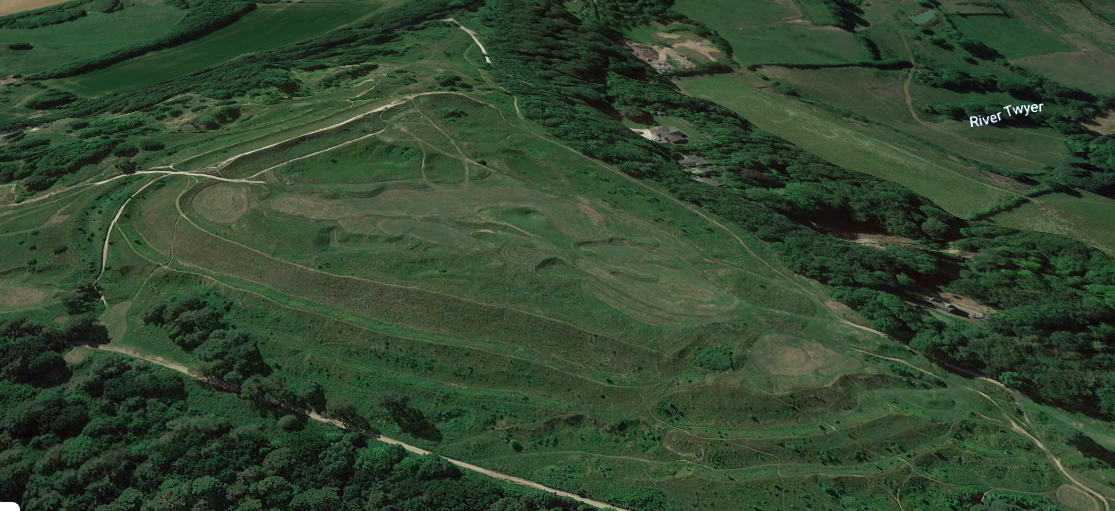
Here's the Iron Age fort containing holes 5-7 and 10-12 tee. Five plays up into it from the lower left, Six plays from about 80 yards past the fifth green into the center of the image, and seven plays out the bottom right. Ten plays up three ledge from the bottom right, eleven plays from the bottom-right to center-left of the image (just right of the fifth green), and twelve plays out to the left of the image from its center-left.
Thirteen is about 380 yards and probably the most normal par 4 at Painswick. It’s a tough driving hole because the fairway narrows between trees right and the property line of a landscape rock supply company at about 245 yards. The approach plays about 25 ft. uphill and was the only par 4 on the course to which I needed to hit something longer than a wedge.
Playing diagonally across a quarry, the fourteenth is a great hole for anyone who hits the ball ~215 yards or less. The furthest point on the left is about a 180 yard carry. It’s only about a 140 yard carry to the right, but your ball could run through the fairway into the woods in firm conditions. For longer hitters, just bomb away over the furthest point of the quarry. If you can’t reach the green (~290 yards), try to get your drive closer to the woods for a better angle.
Fifteen is a lovely downhill par 3 into a small dell. It’d help if they removed some of the overgrowth between the tee and green but at the same time, it contributes to the rustic feel of the course.
Sixteen is another very short downhill par 4 which was easy for me, but created a lot of trouble for Bob, who only drives it about 175 yards. The fairway is in two sections; the first runs from about 150-180 yards and leaves a mostly blind shot unless you’ve left it in line with a small gap. For us longer hitters, it’s about a 215 yard carry over mounds and a road. From there, it runs downhill to the green and if you hit your drive straight, you should be able to reach.
Now we come to one of my favorite holes in the world: the intersection hole, a 363 yard par 4. It’s best to start with an overview of the hole because it’s a bit tough to see what’s going on from the tee. The drive plays over a road to a fairway that runs at a diagonal to the left toward the green but is pitched left to right. The safe drive is to the right, but this leaves a long second and if it’s firm, the ball can easily run through the fairway into the boundary junk.
So what you want to do is aim further left, near the tree line (protecting an old cemetery). Right at the corner of the tree line is the aforementioned intersection, about 215 yards from the tee. You either want to play something about 230 yards to the right of this or hit a drive that must carry at least 240 right over it. If you layup, the closer you get to the road running parallel to the line of the drive, the shorter the approach that you’ll have. I hit a perfect layup and had a wedge in my first round but pushed my tee shot and had a 6-iron in my second. It’s very important to have a manageable distance for your approach because there little rough-covered mounds around much of the green.
If you try to drive over the corner of the intersection and push your drive, your ball might just run down the road into the next county. I’ve never seen a hole with so many interesting driving options. This hole offers something interesting for every length hitter. Even the longest hitter, for whom the 240 intersection carry isn’t a big deal must take care that they don’t push their drive into the junk short-right of the green. This must be on any short list of the greatest driving holes (ha ha ha…) in the world.
So what you want to do is aim further left, near the tree line (protecting an old cemetery). Right at the corner of the tree line is the aforementioned intersection, about 215 yards from the tee. You either want to play something about 230 yards to the right of this or hit a drive that must carry at least 240 right over it. If you layup, the closer you get to the road running parallel to the line of the drive, the shorter the approach that you’ll have. I hit a perfect layup and had a wedge in my first round but pushed my tee shot and had a 6-iron in my second. It’s very important to have a manageable distance for your approach because there little rough-covered mounds around much of the green.
If you try to drive over the corner of the intersection and push your drive, your ball might just run down the road into the next county. I’ve never seen a hole with so many interesting driving options. This hole offers something interesting for every length hitter. Even the longest hitter, for whom the 240 intersection carry isn’t a big deal must take care that they don’t push their drive into the junk short-right of the green. This must be on any short list of the greatest driving holes (ha ha ha…) in the world.

It's best to start with an overview of this extraordinary hole. The tee is in the top left of the image and main fairway is in the middle. The first road is about a 180 yard carry at the middle of that fairway. The intersection in the top center is about 215. If you want to go for the next fairway over the intersection, you'll have to carry it another 25 or 30 yards to reach...and a push will be fatal for your score and maybe a driver coming up the road.
And after that, the 140 yard eighteenth over a scraggly oak tree is a pretty disappointing finish. But there’s a pretty good left-to-right pitch in this green and a miss left or long will leave a very tricky shot.
Painswick’s motto (which I just learned from looking at the scorecard) is facta non verba or ‘actions, not words.’ It sounds more fitting for some haughty aristocratic family than this modest, $20/round country course (and there wasn’t even anyone around to take our green fees for our second 18). But (1) one of my friends who’s from this area told me that this is actually a very Tory place (I would have never guessed) and (2) I can’t think of a course that embodies this principle in the sense that it’s so much more than what’s on the scorecard. 4,831 yards par 67 doesn’t sound very impressive but as we’ve seen in this photo retrospective, there are many great holes, many of which include features which may be unique to the world of golf.
I’m not sure how you say ‘English Eccentric’ in Latin, but that’s what Painswick is and I mean that in the best possible way because I love English eccentrics. It breaks pretty much every modern rule of what a golf course should be. Holes run straight up hills, many are blind, many run down the same fairway as another. The course is shared with hikers, people on horseback, and even automobiles. It would be extremely dangerous if there were ever more than a handful of people playing it.
I guess that the whole thing was summed up by an elderly, very English hiker that I encountered when I was playing the twelfth hole. He told me that he used to play the course back in the day and that he found it ‘rather sporting.’ If you’re familiar with English upper-classese, you know that this means something between ‘silly’ and ’absolutely fucking bonkers.’
Now many people might find that to be a bad thing. But in these days of green reading books and the Trackman, it’s refreshing to see a course that abides by a different set of standards. One that’s as interesting—if not more interesting—for seniors and children than low handicappers. One that flouts the safety norms of contemporary litigious society. One where the golf course seems an almost incidental part of the landscape rather than something imposed on it.
All the great holes aside, it’s the latter aspect of Painswick that I love most. It feels more like a hiking trail with some cut grass on which you can hit a golf ball around than a golf course with a hiking trail through it. And golf would be a much better game—and much less maligned by the rest of society—if courses tried to be like this rather than the artificial imposition and nonsense that most of them are.
I’m not sure how you say ‘English Eccentric’ in Latin, but that’s what Painswick is and I mean that in the best possible way because I love English eccentrics. It breaks pretty much every modern rule of what a golf course should be. Holes run straight up hills, many are blind, many run down the same fairway as another. The course is shared with hikers, people on horseback, and even automobiles. It would be extremely dangerous if there were ever more than a handful of people playing it.
I guess that the whole thing was summed up by an elderly, very English hiker that I encountered when I was playing the twelfth hole. He told me that he used to play the course back in the day and that he found it ‘rather sporting.’ If you’re familiar with English upper-classese, you know that this means something between ‘silly’ and ’absolutely fucking bonkers.’
Now many people might find that to be a bad thing. But in these days of green reading books and the Trackman, it’s refreshing to see a course that abides by a different set of standards. One that’s as interesting—if not more interesting—for seniors and children than low handicappers. One that flouts the safety norms of contemporary litigious society. One where the golf course seems an almost incidental part of the landscape rather than something imposed on it.
All the great holes aside, it’s the latter aspect of Painswick that I love most. It feels more like a hiking trail with some cut grass on which you can hit a golf ball around than a golf course with a hiking trail through it. And golf would be a much better game—and much less maligned by the rest of society—if courses tried to be like this rather than the artificial imposition and nonsense that most of them are.
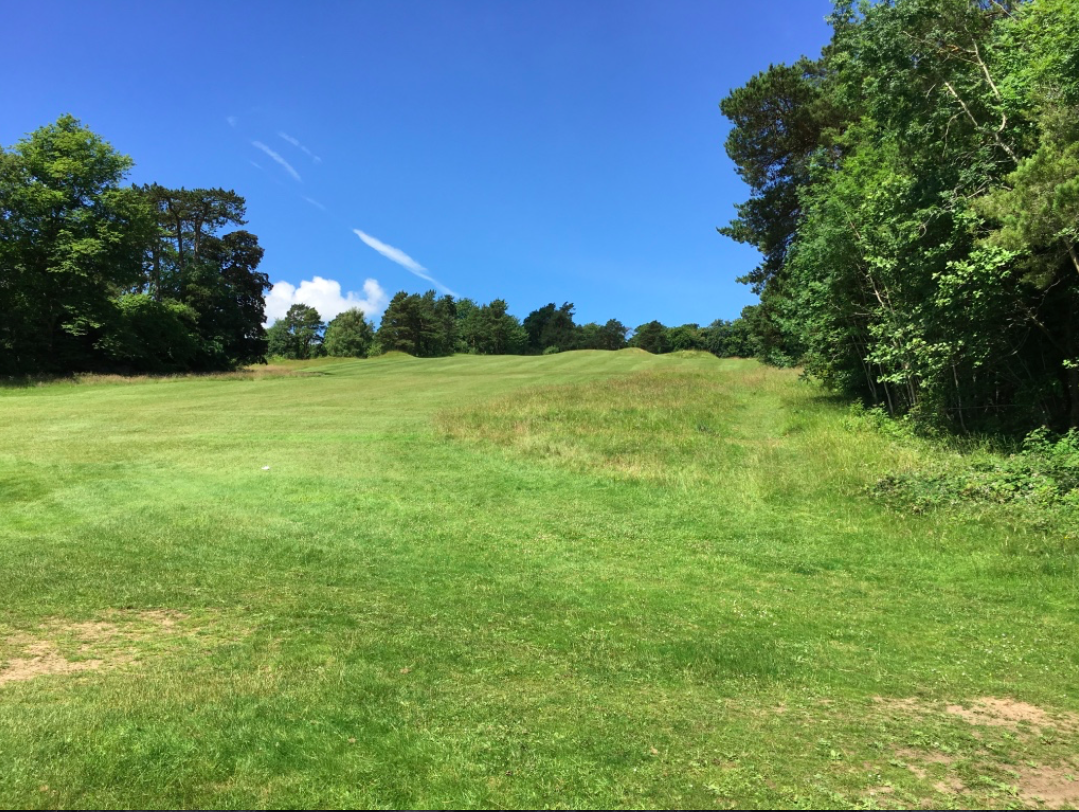
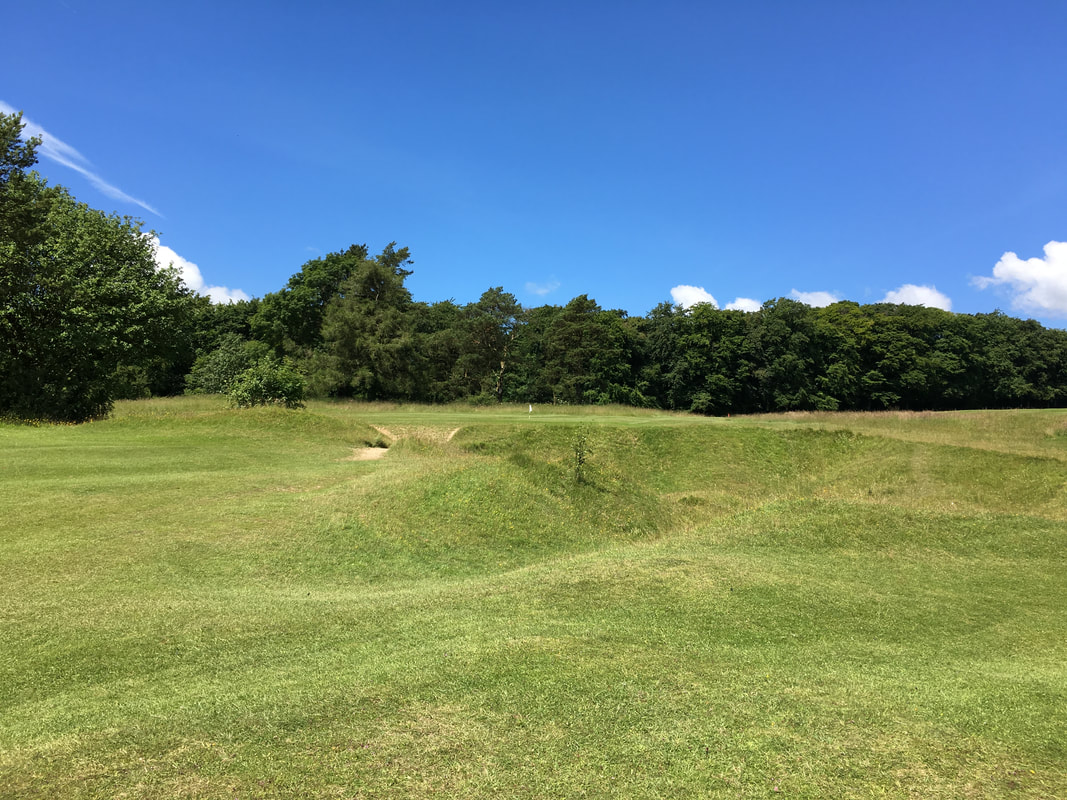
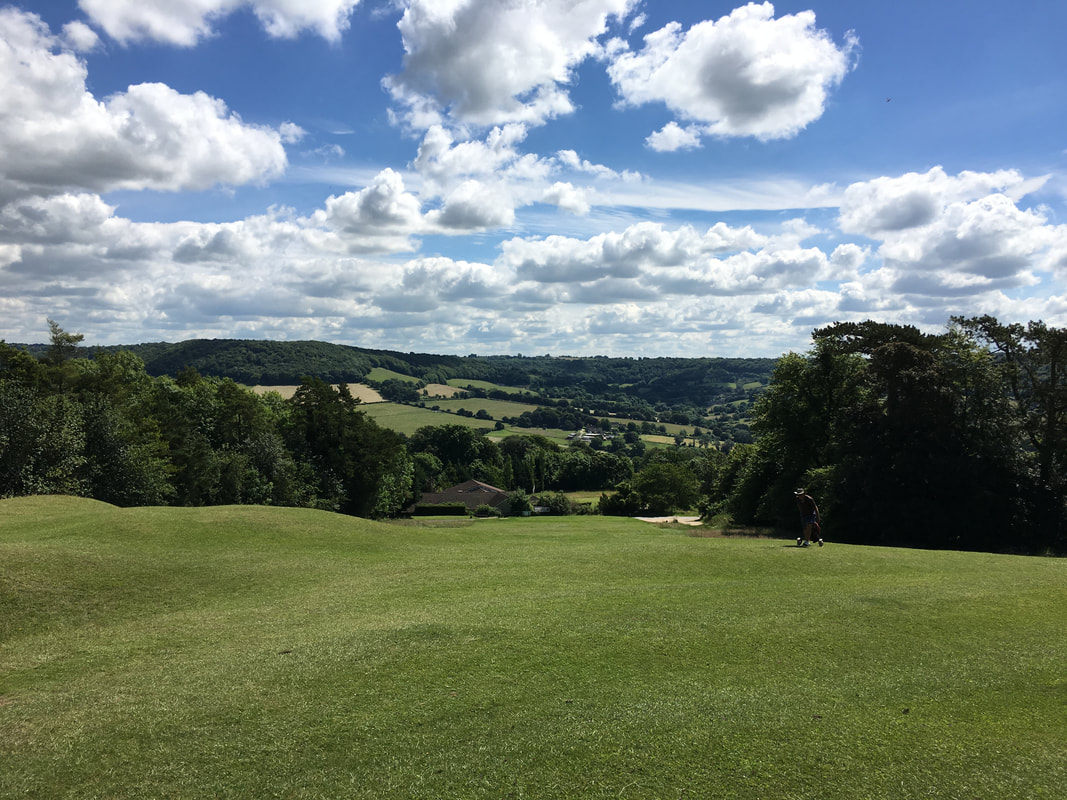
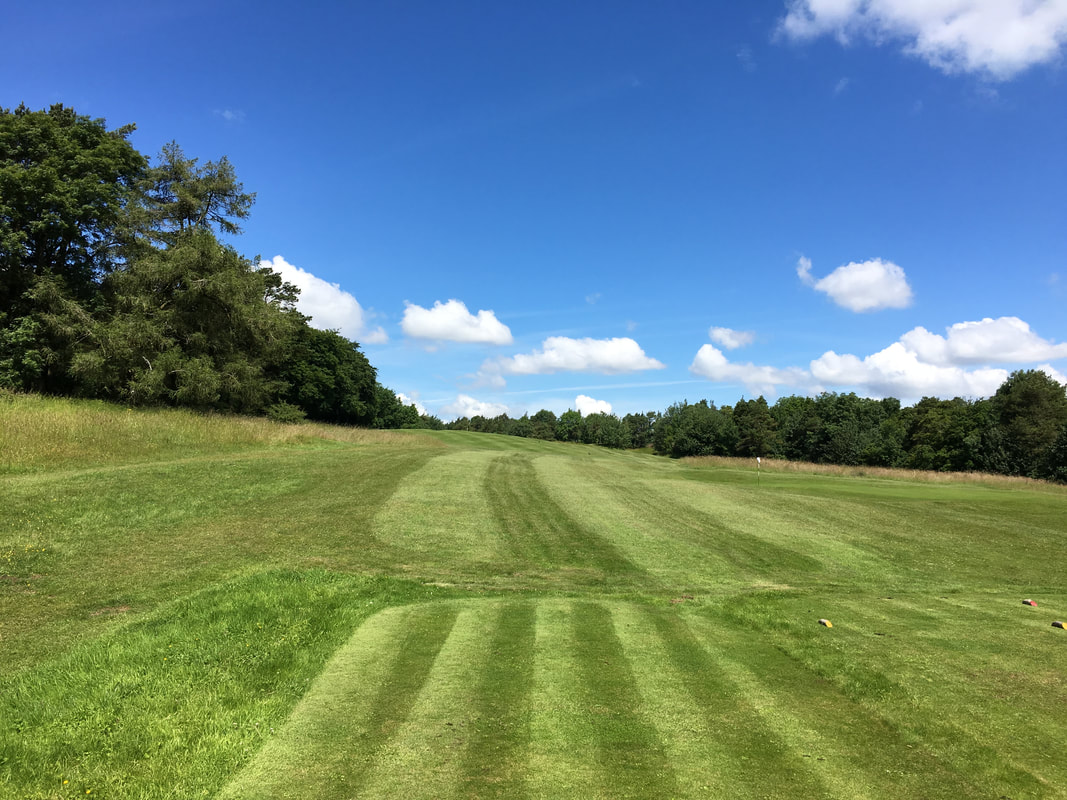
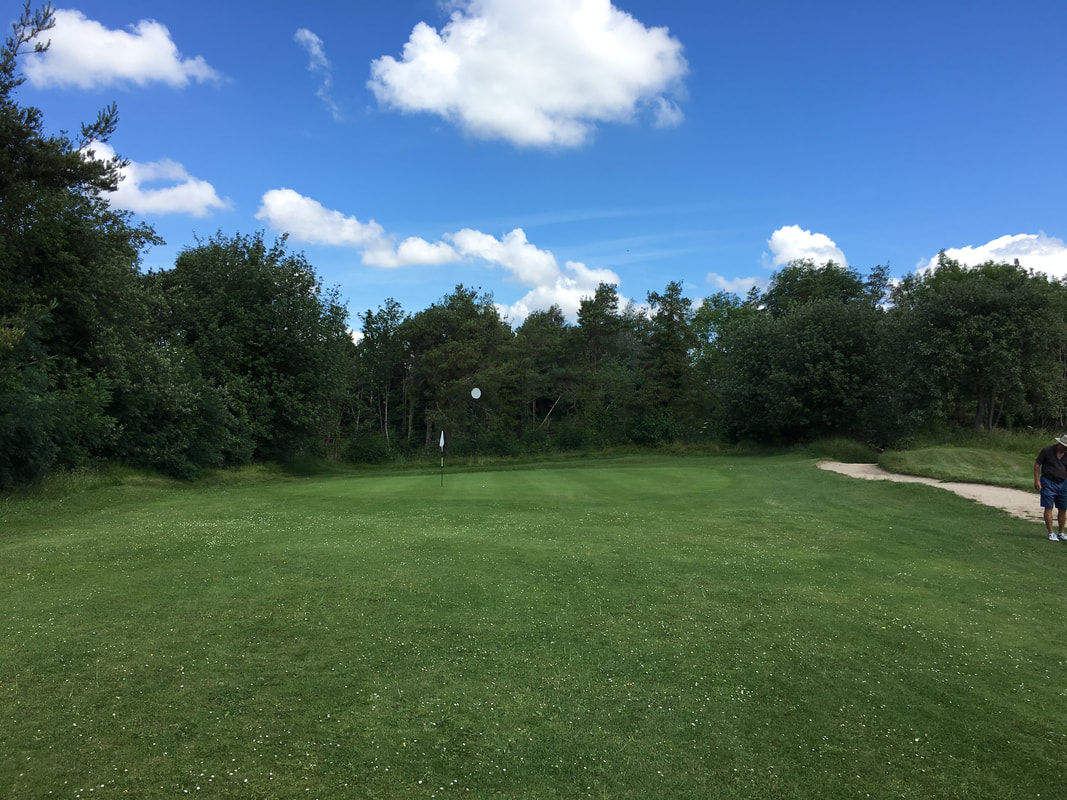
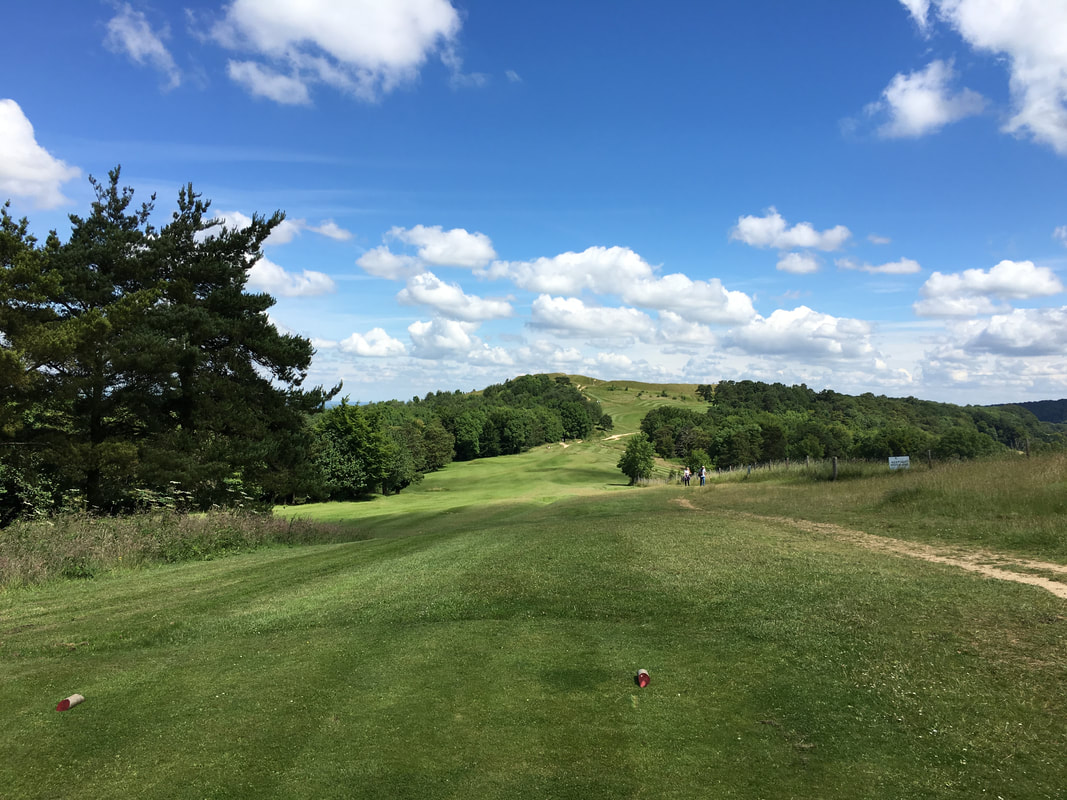
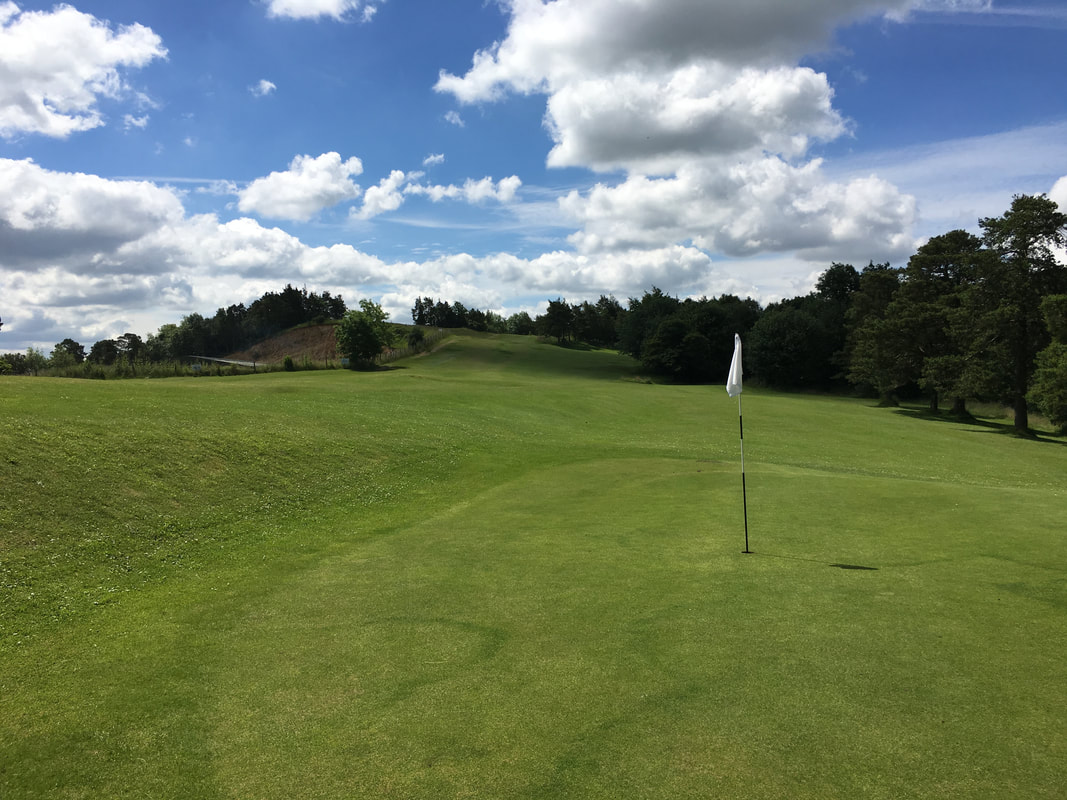
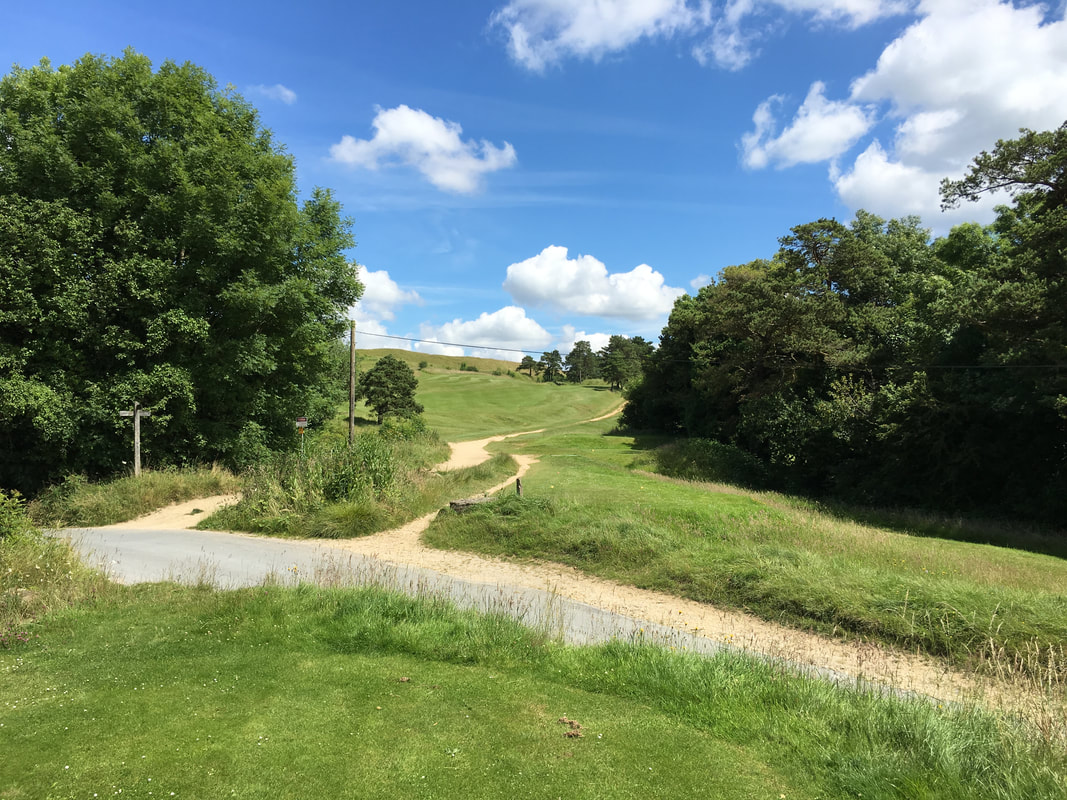
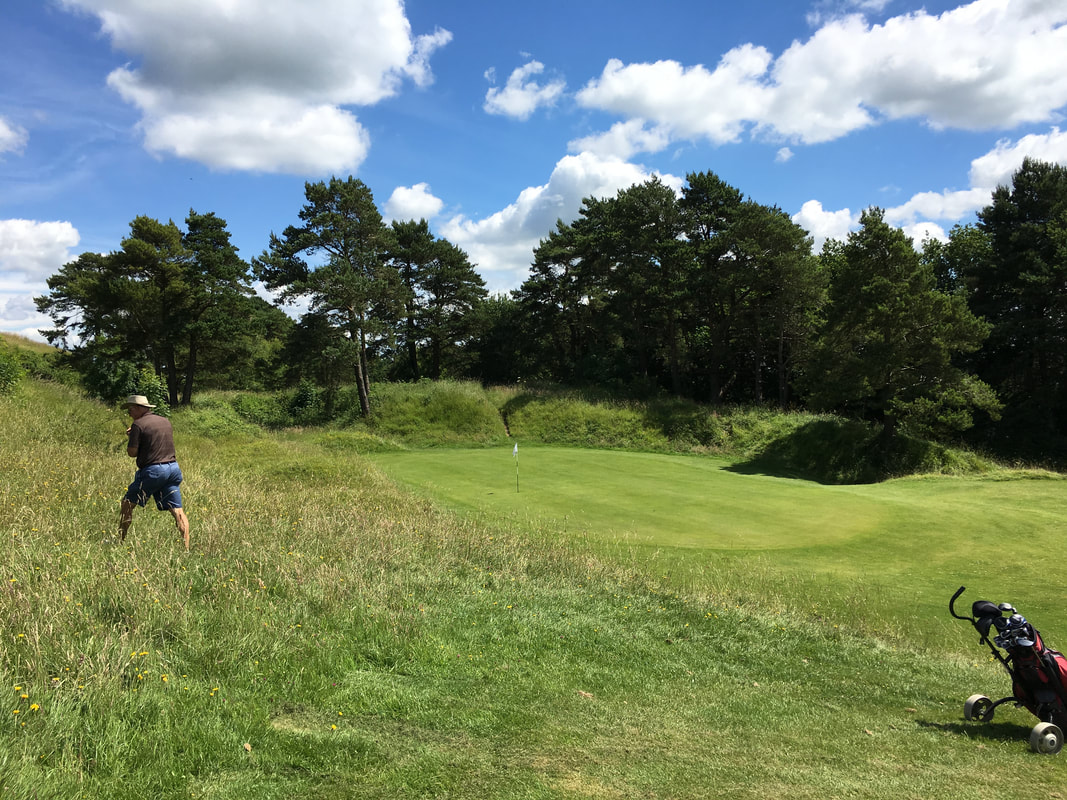
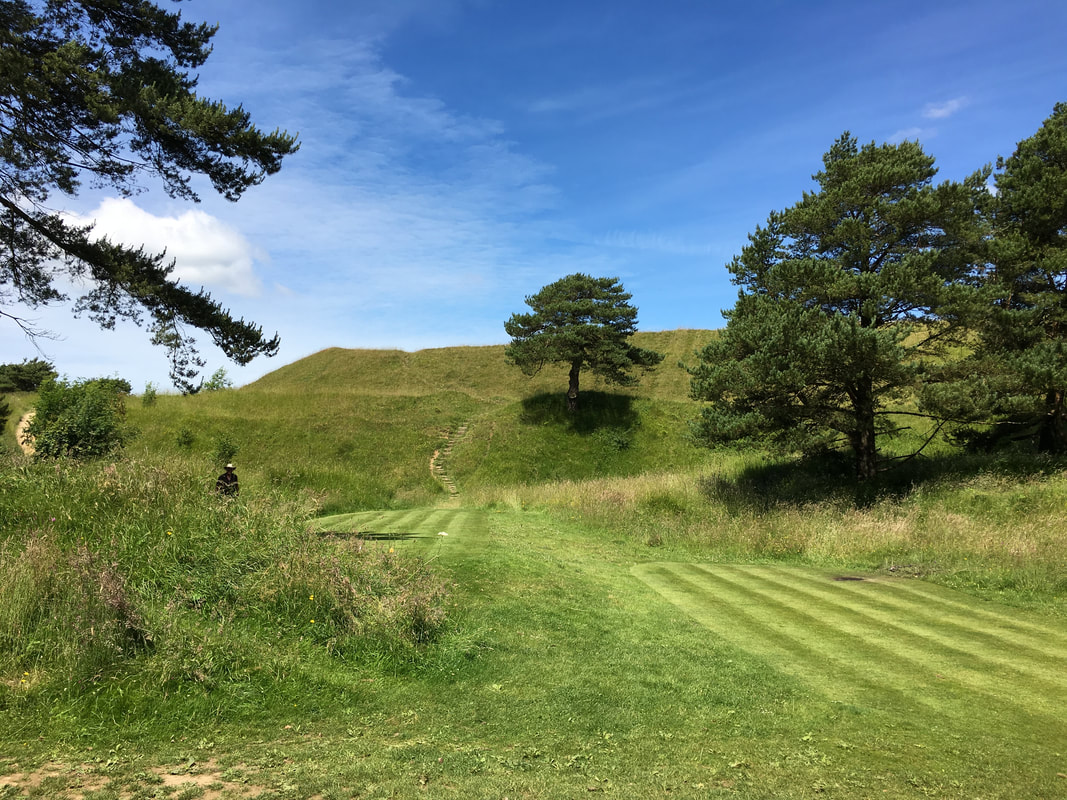
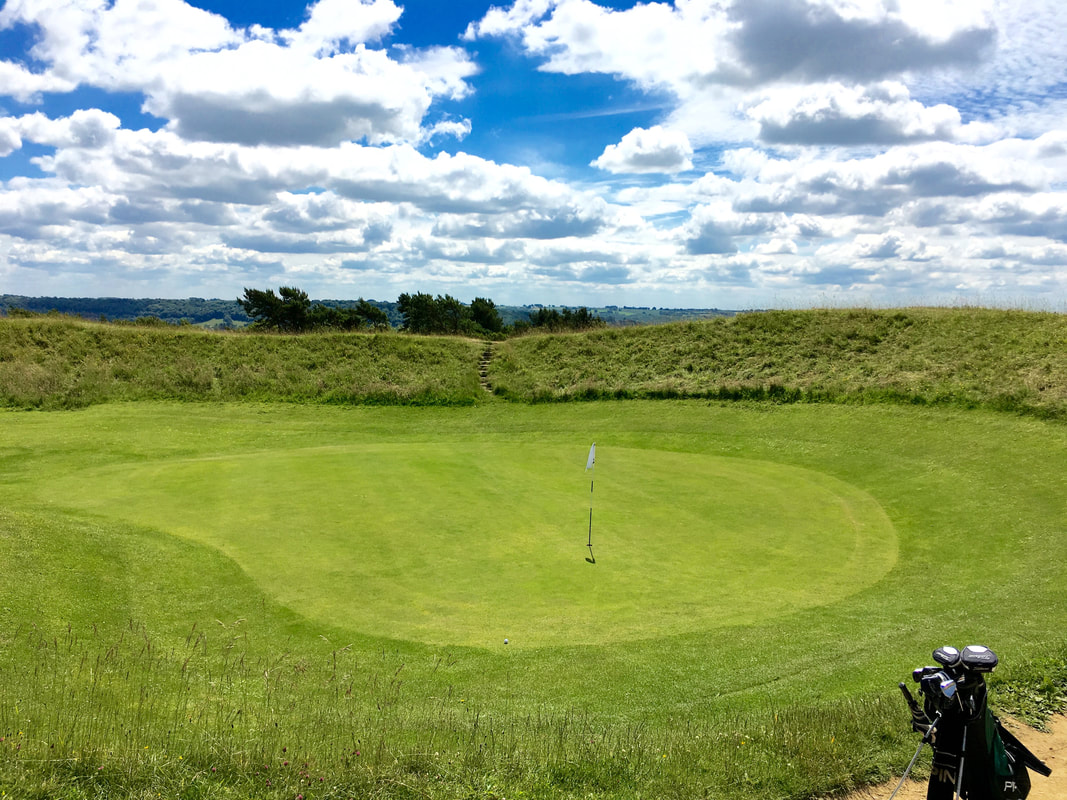
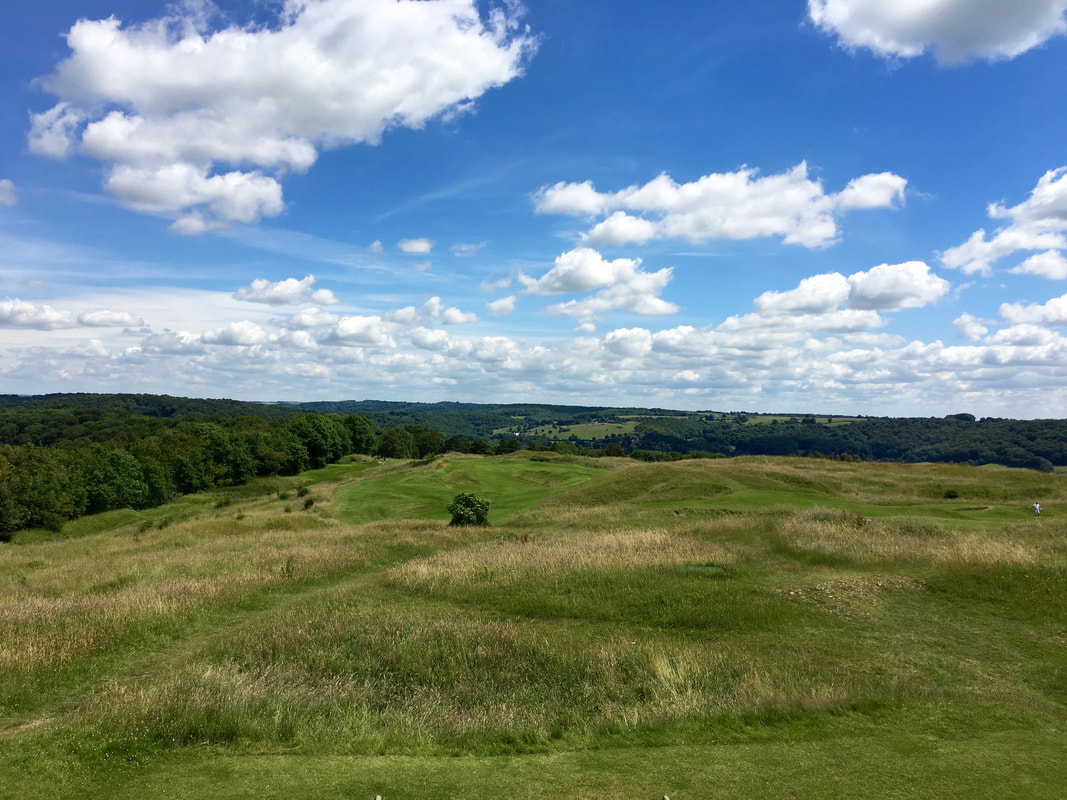
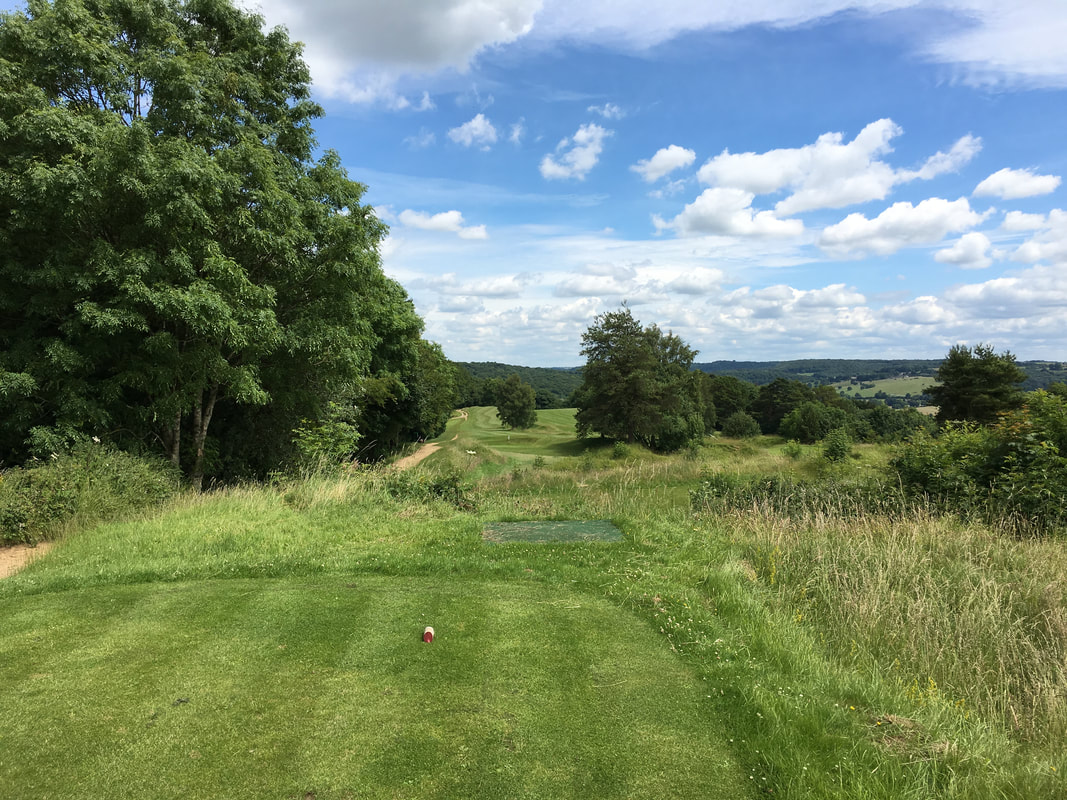
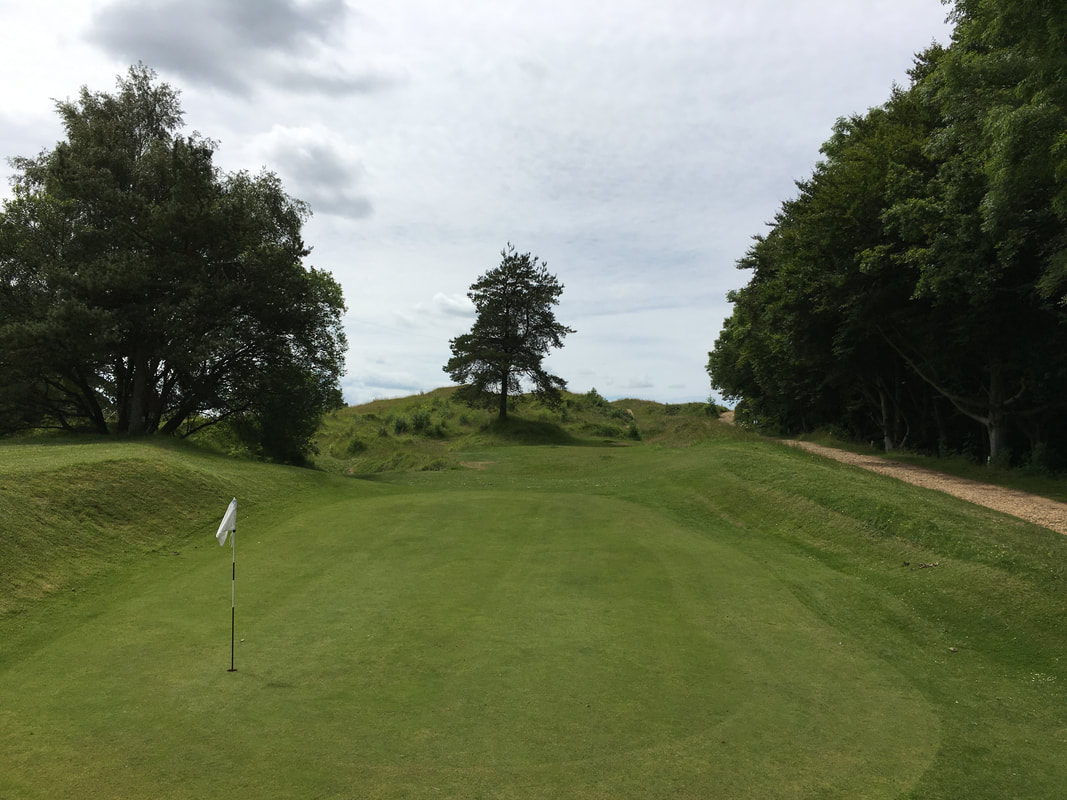
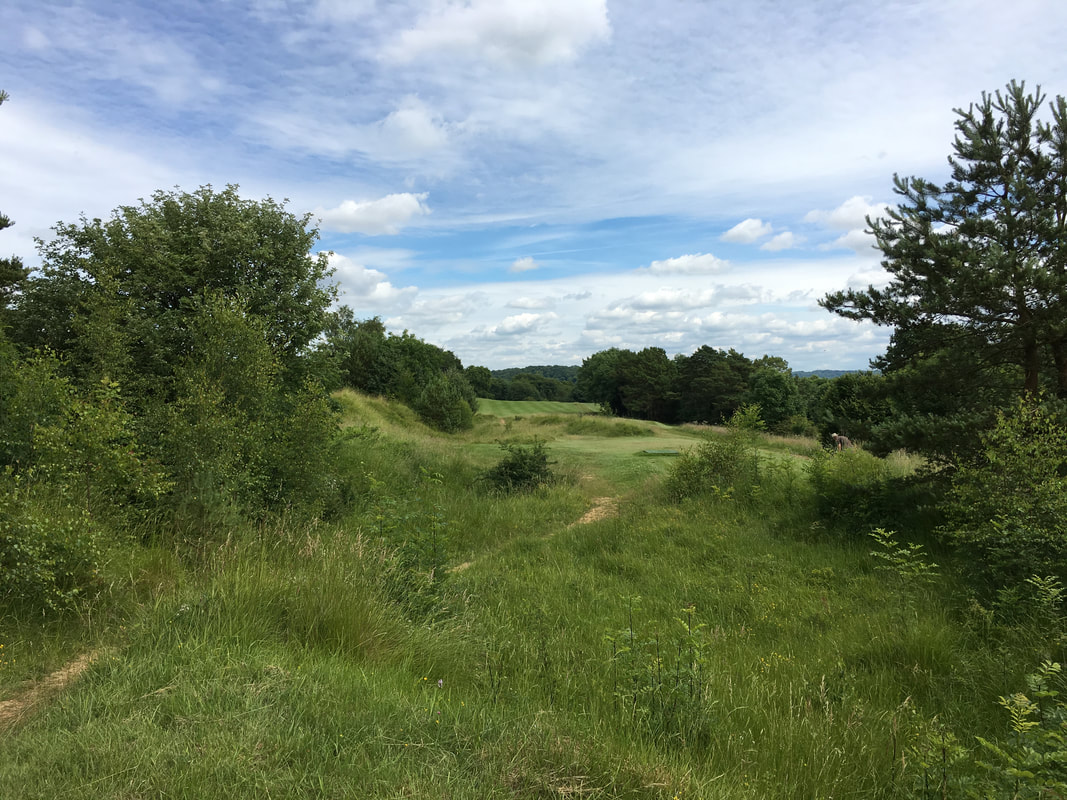
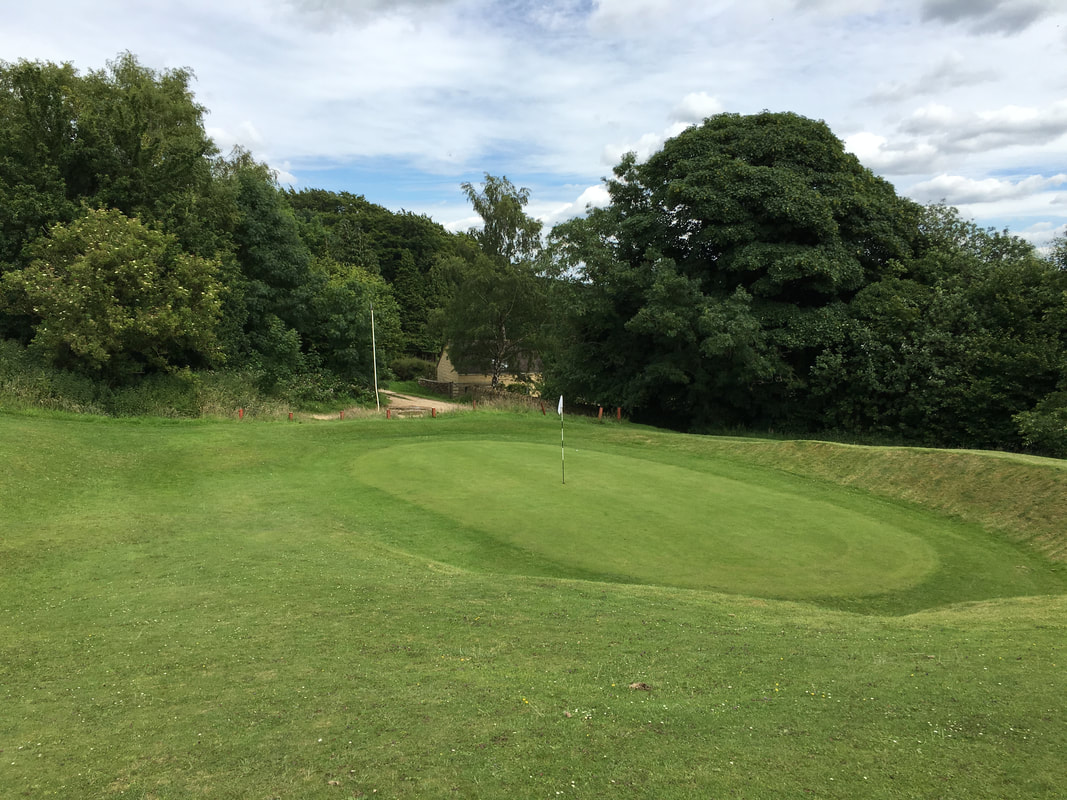
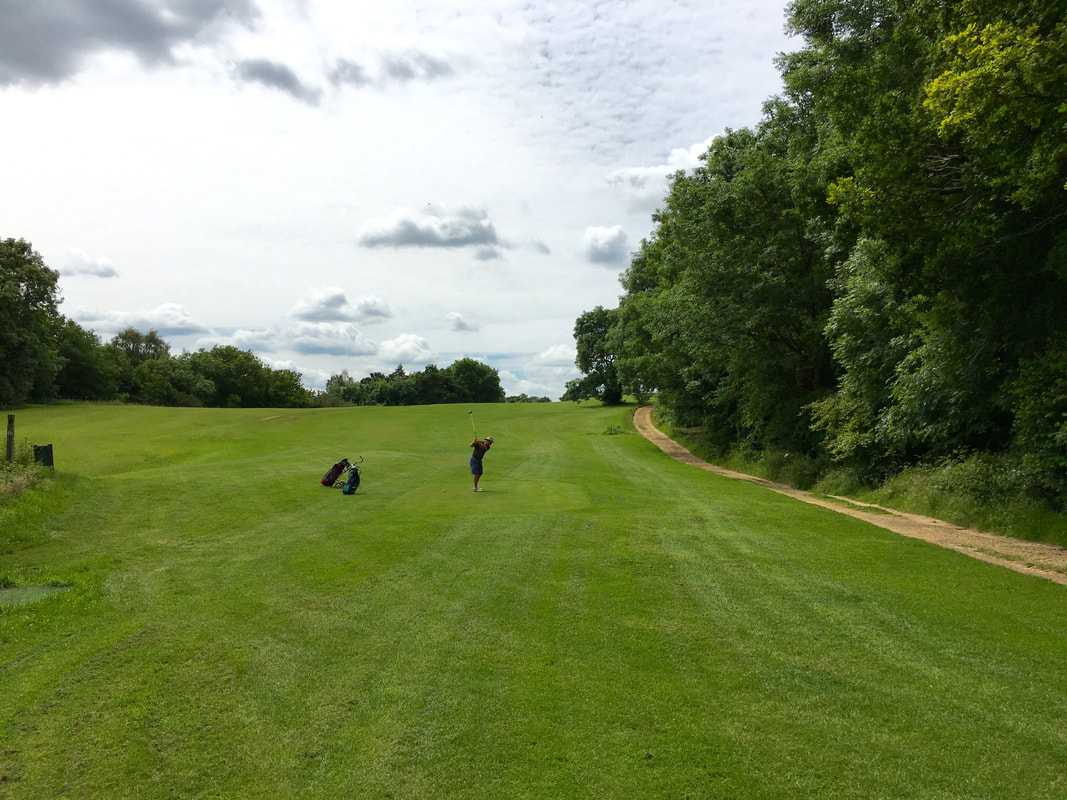
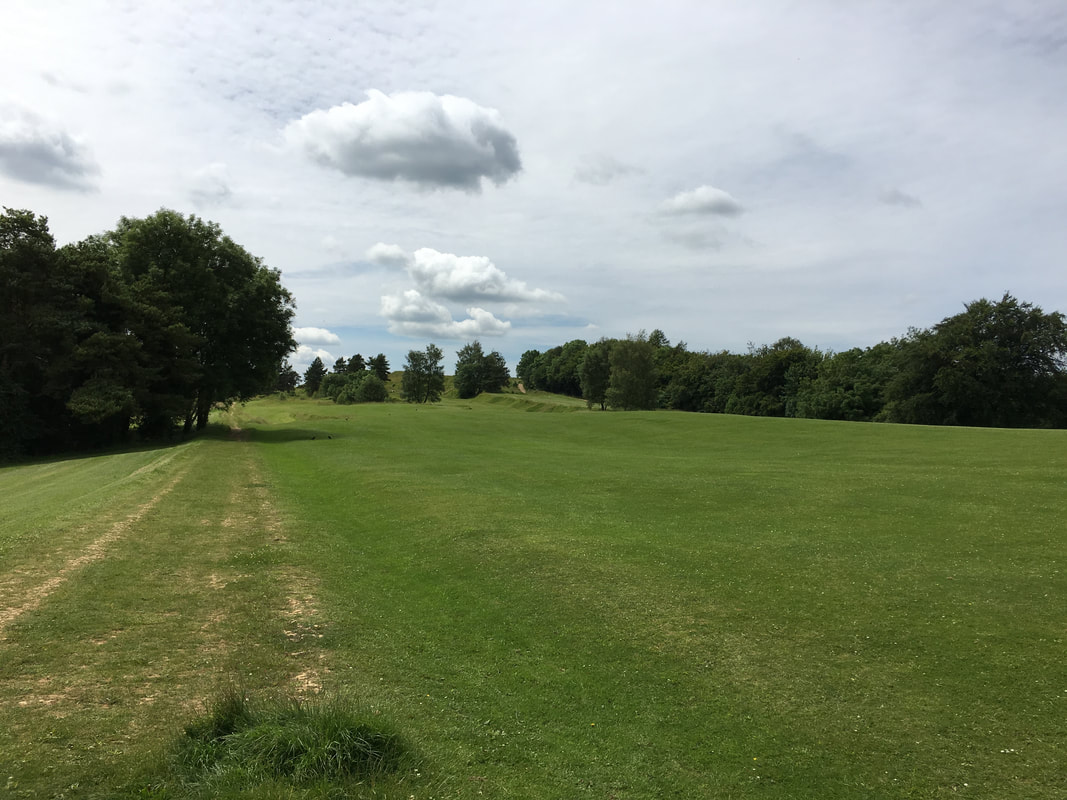
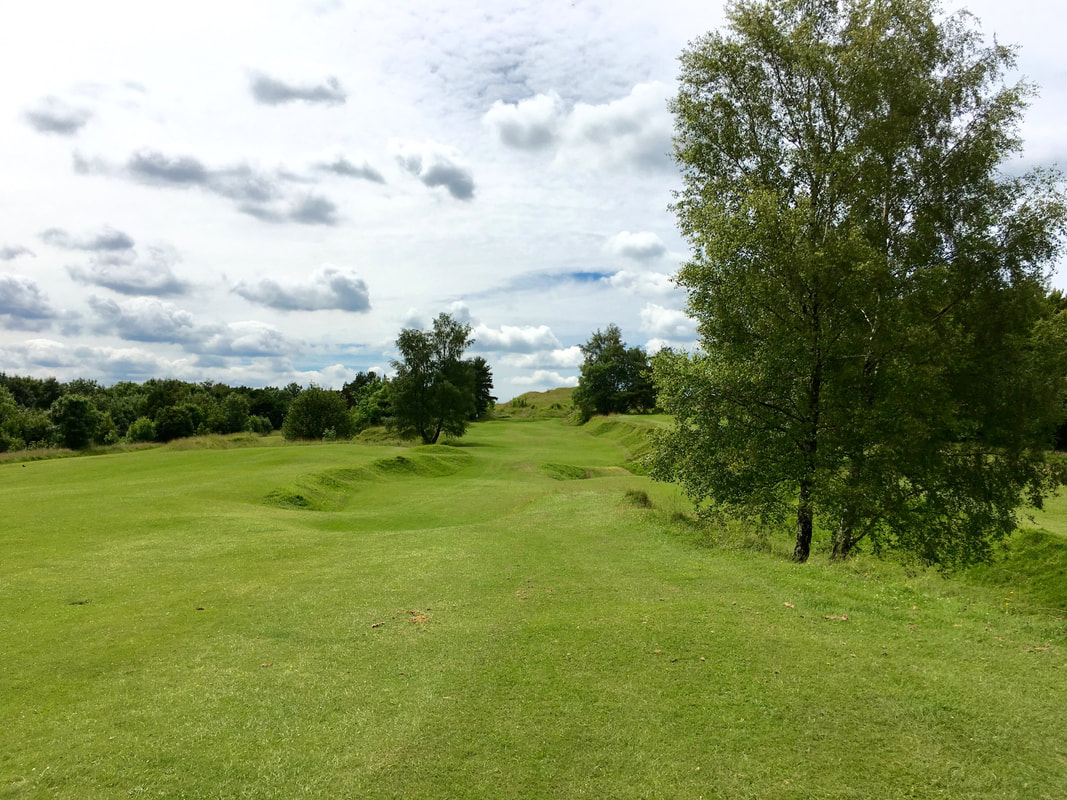
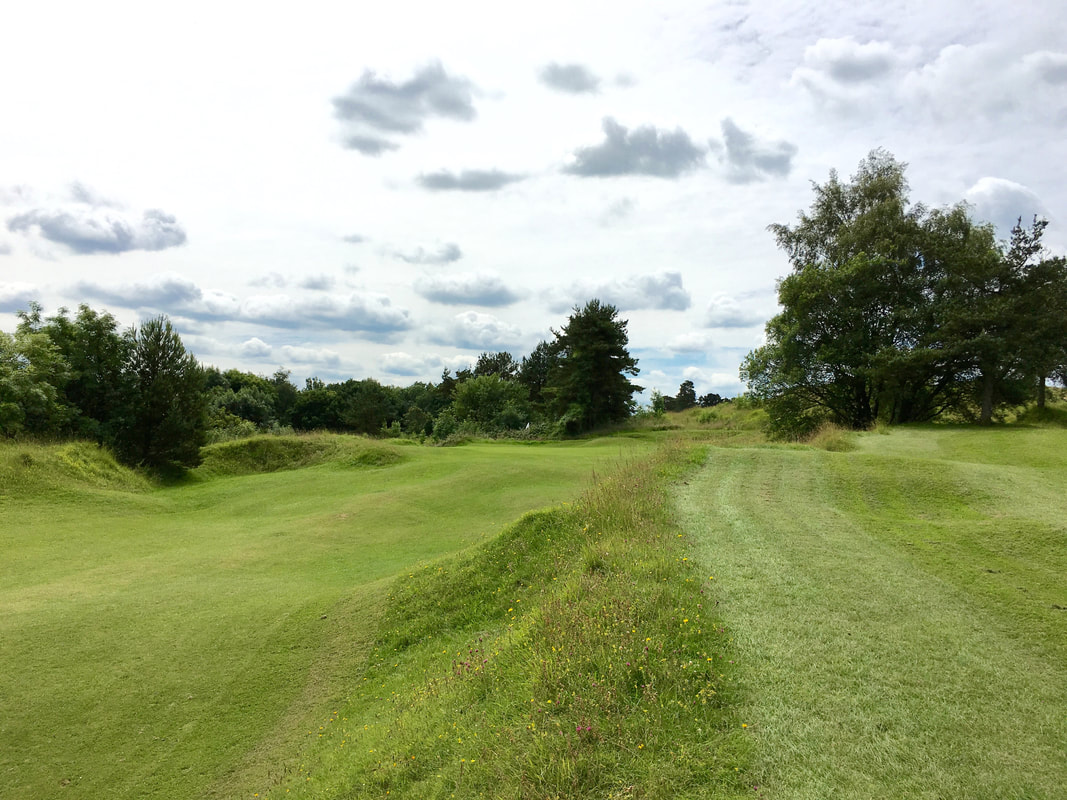
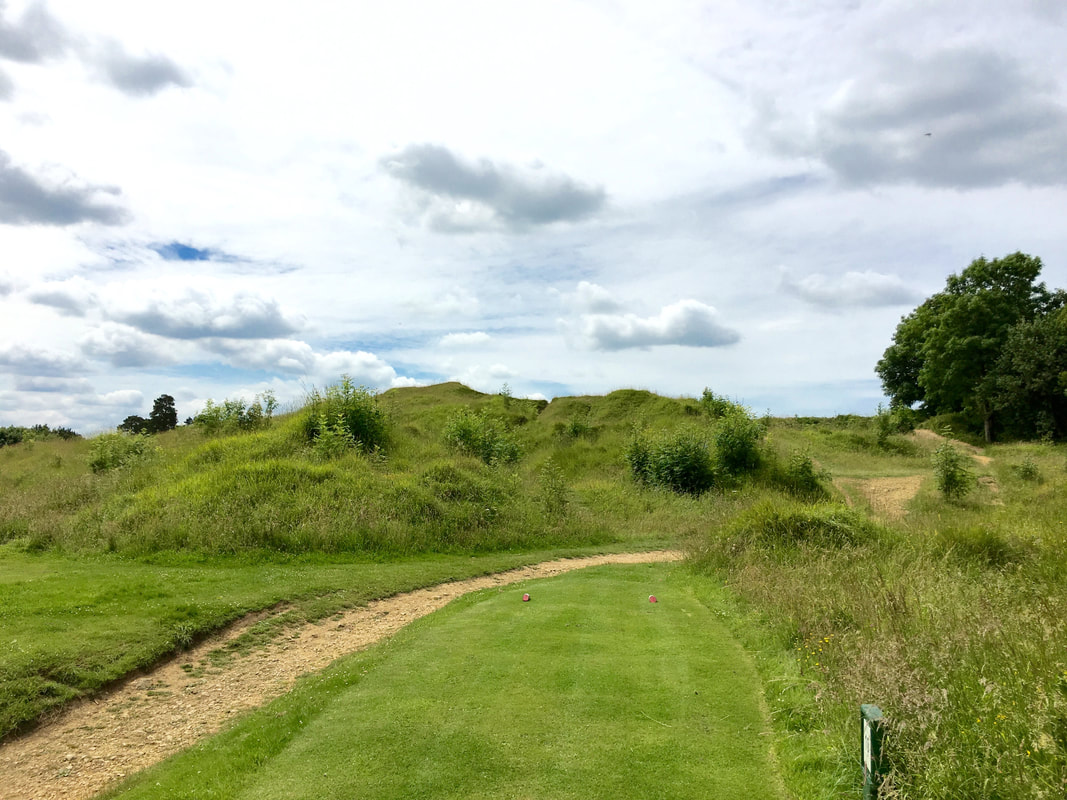
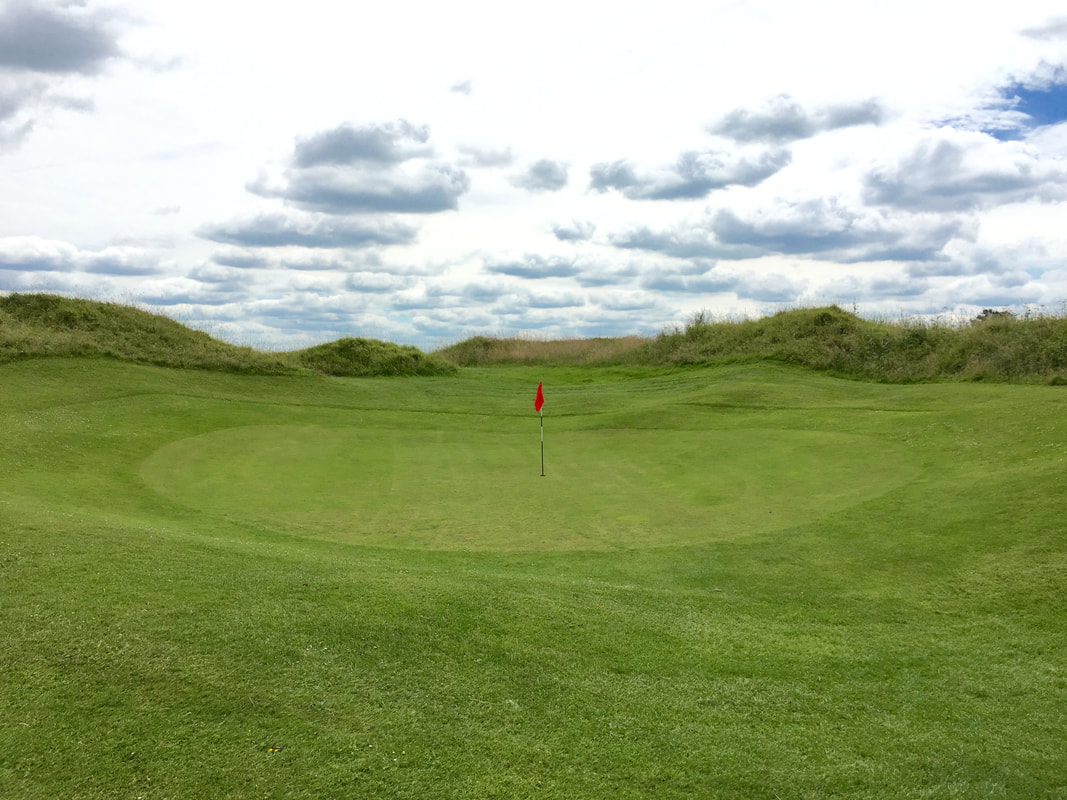
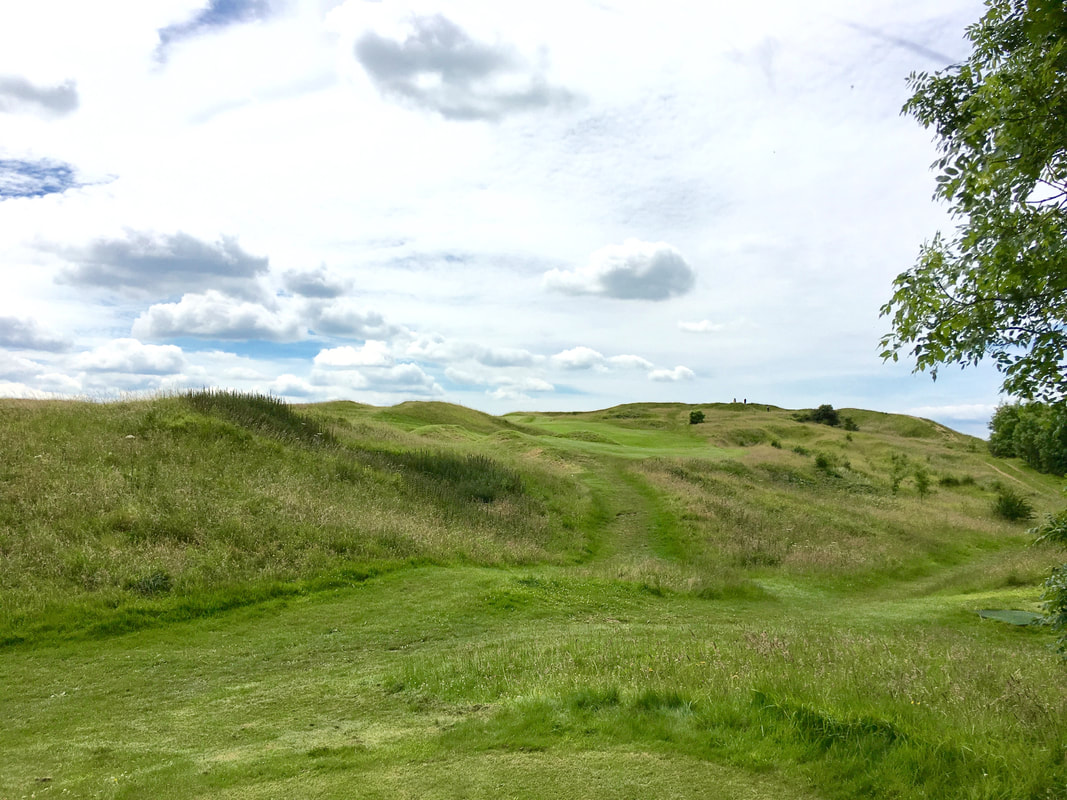
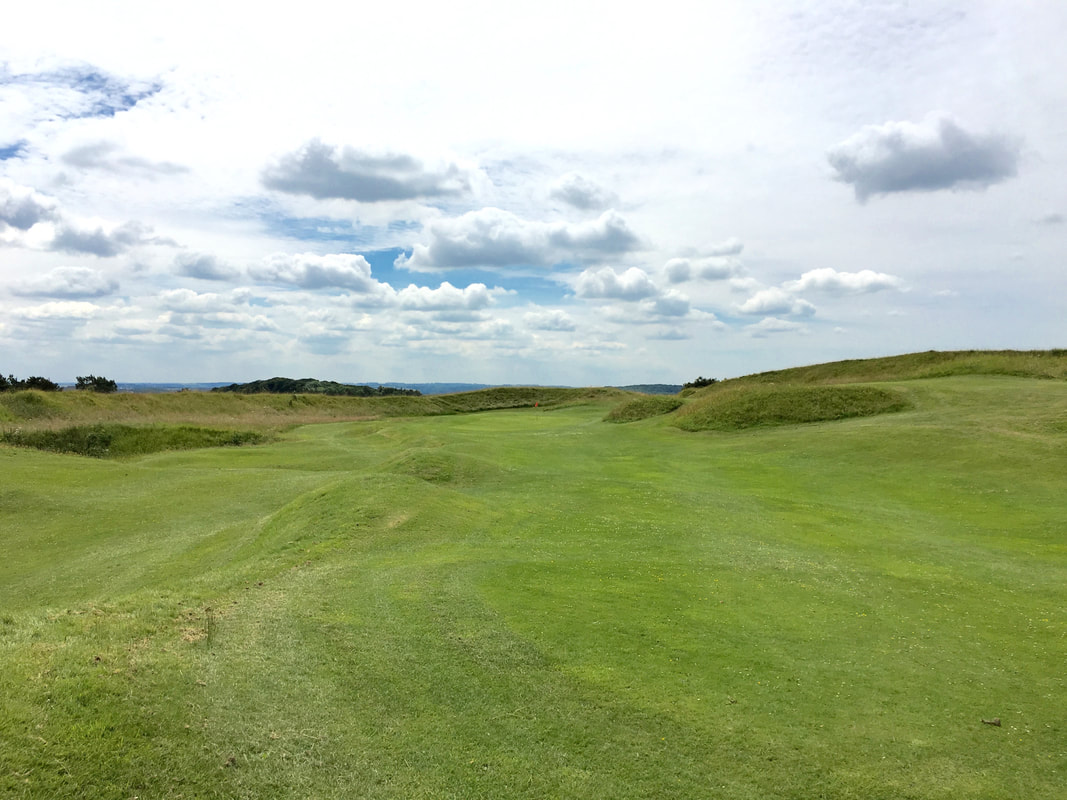
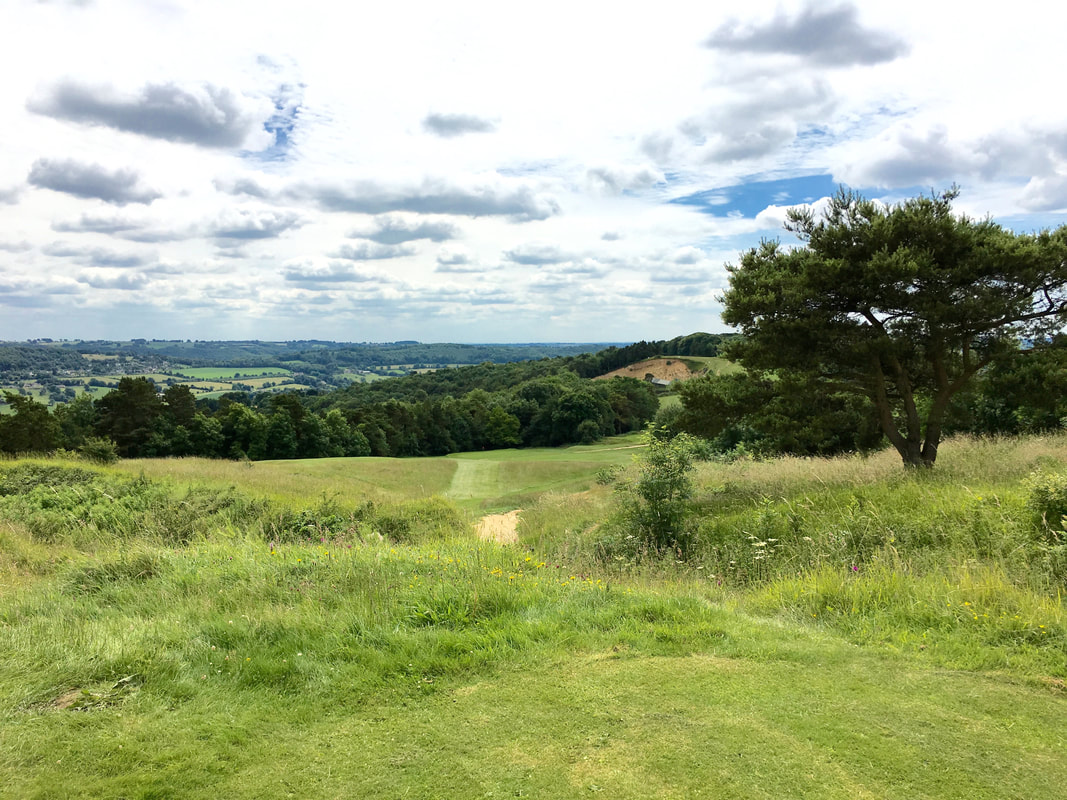
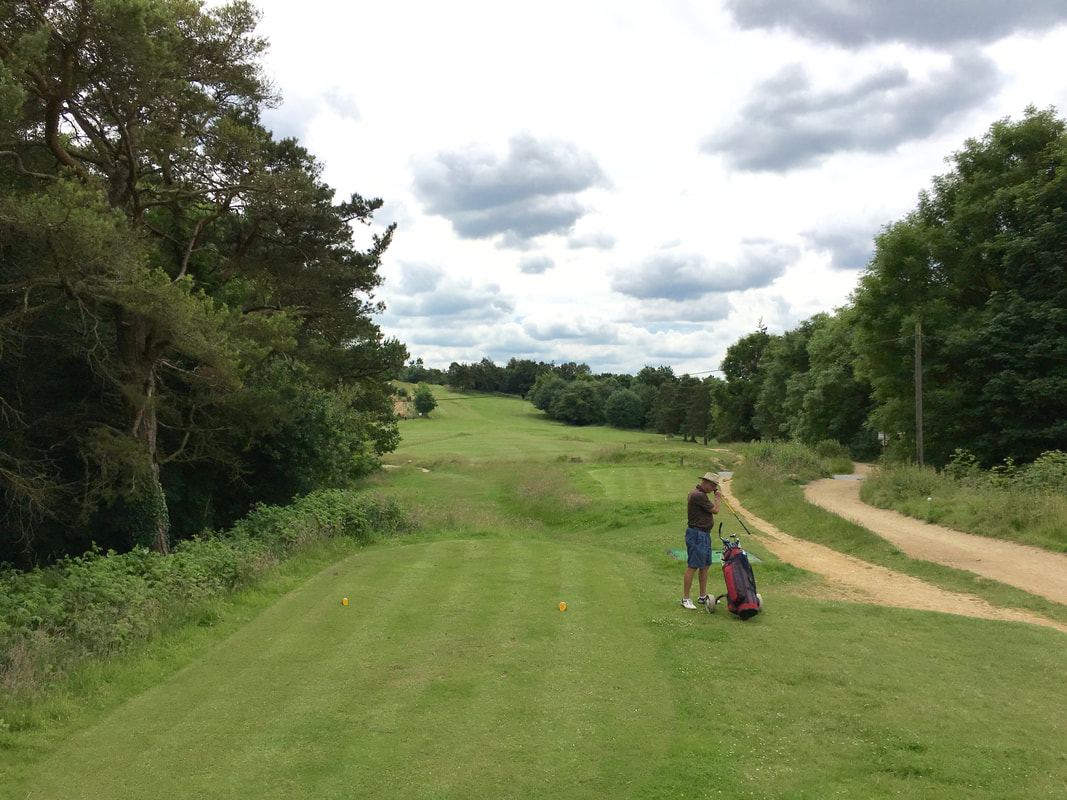
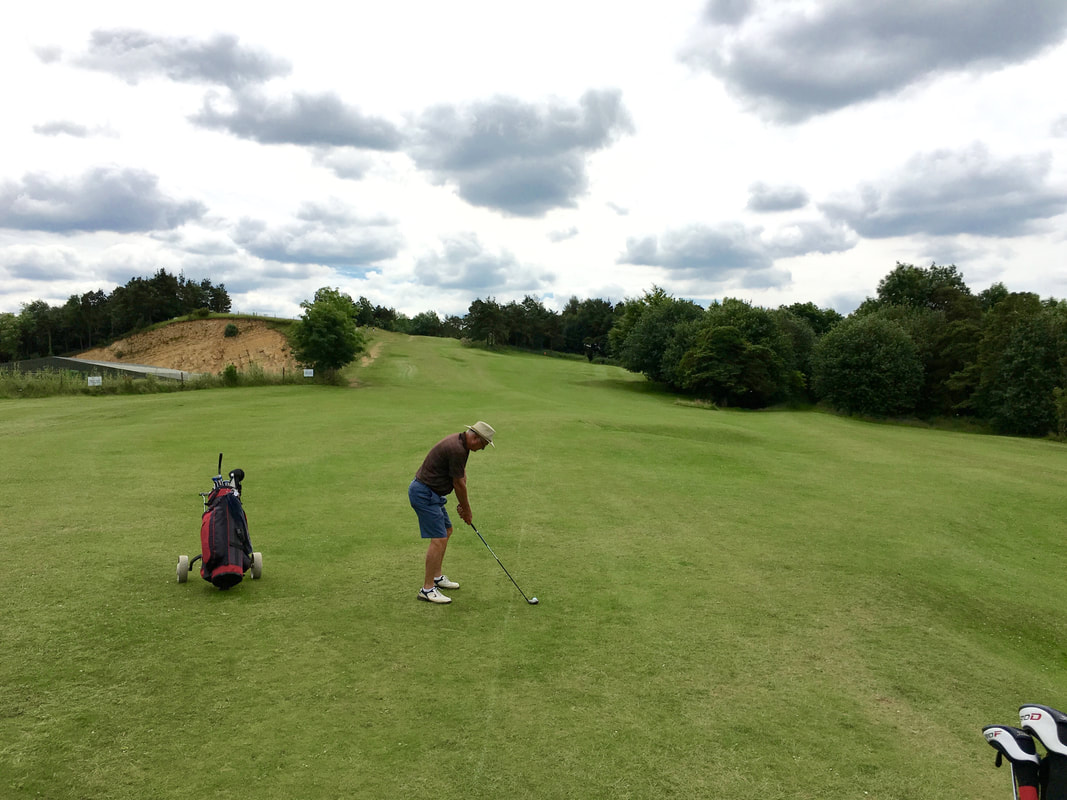
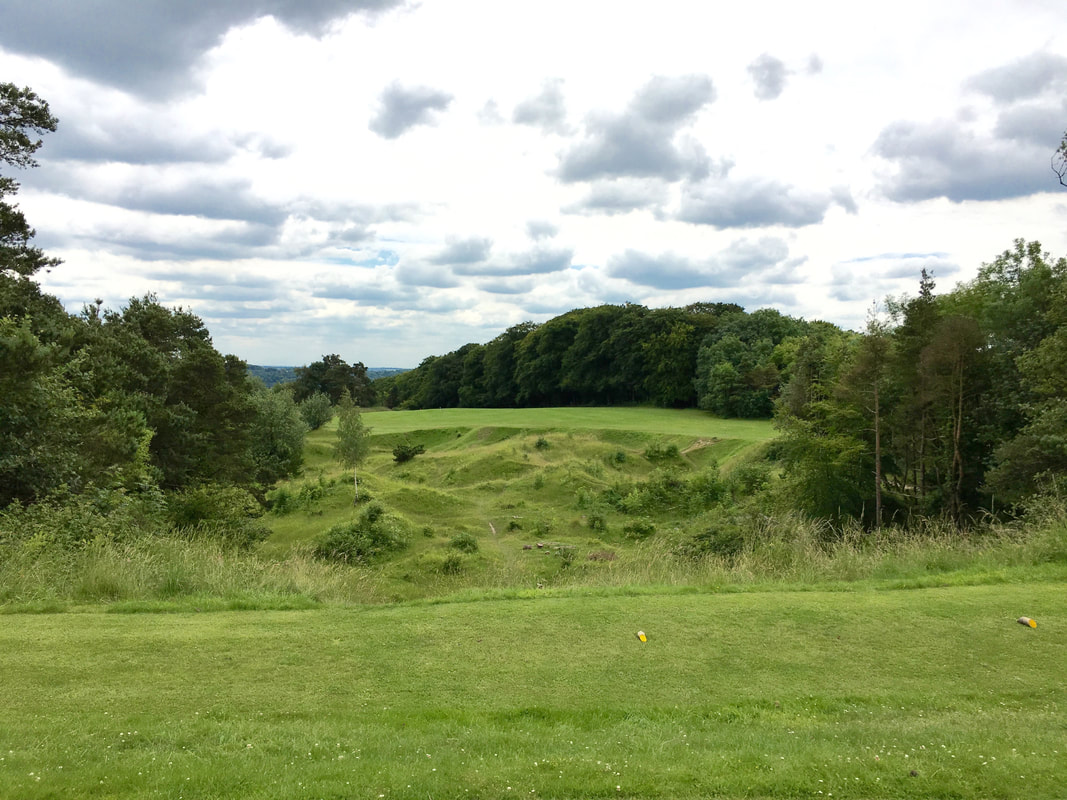
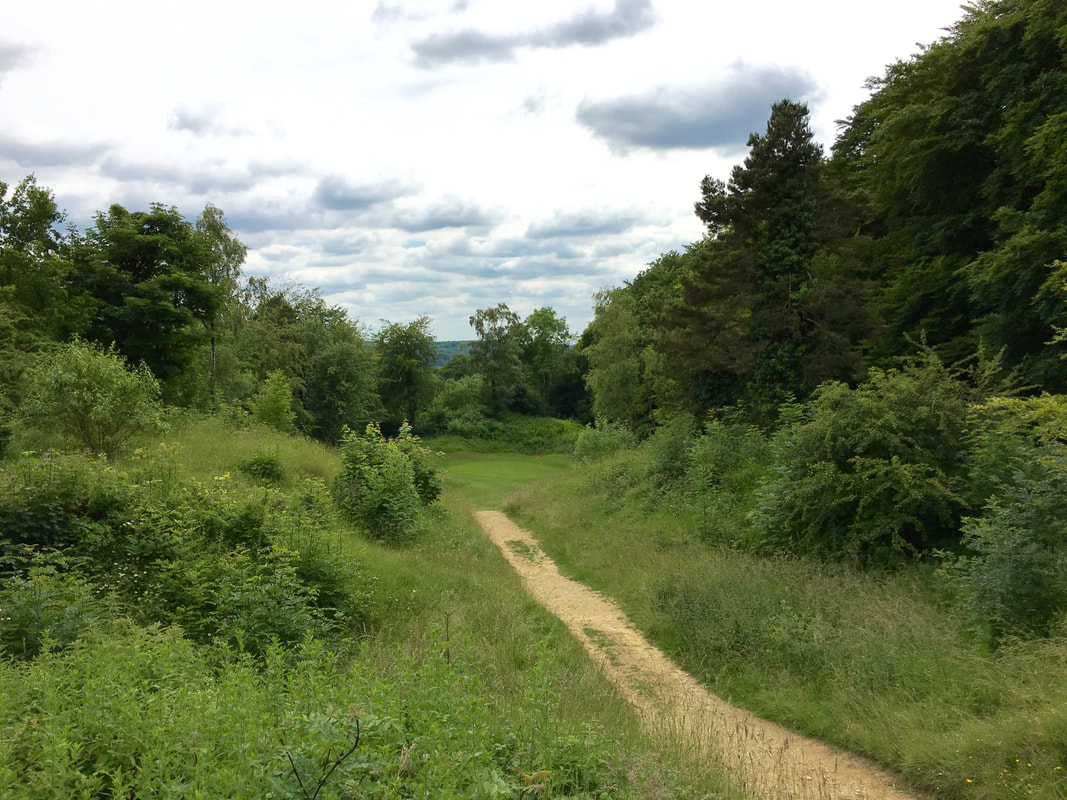

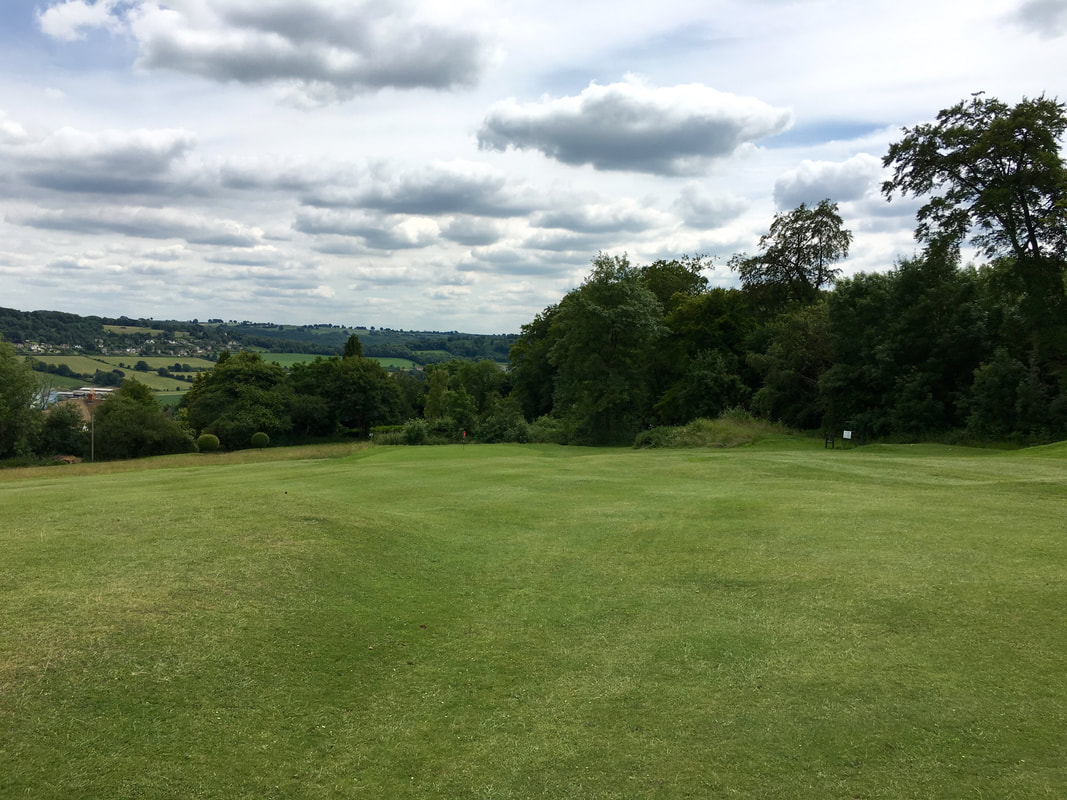
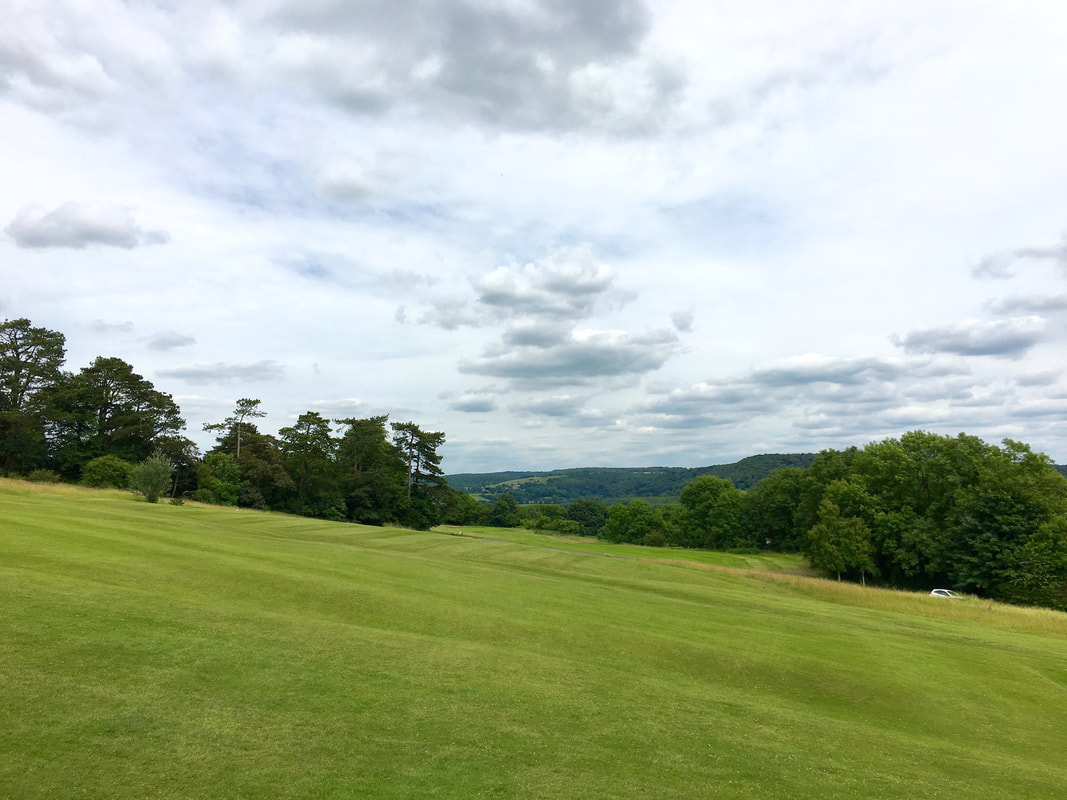
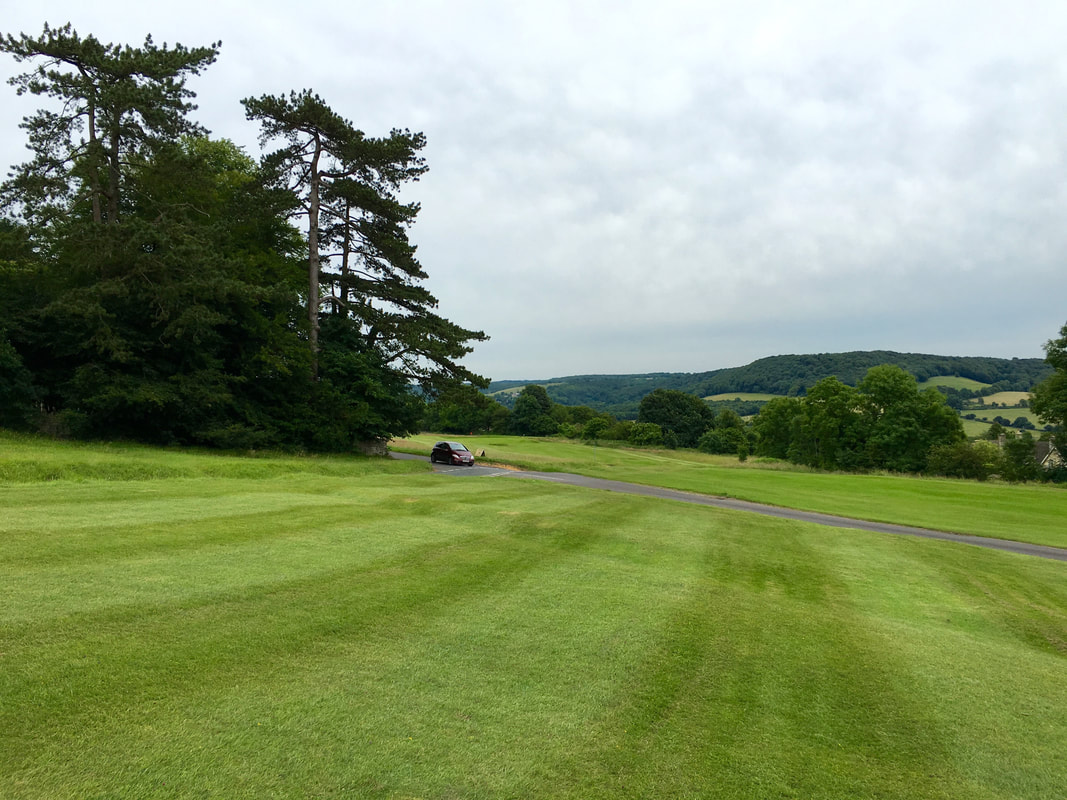
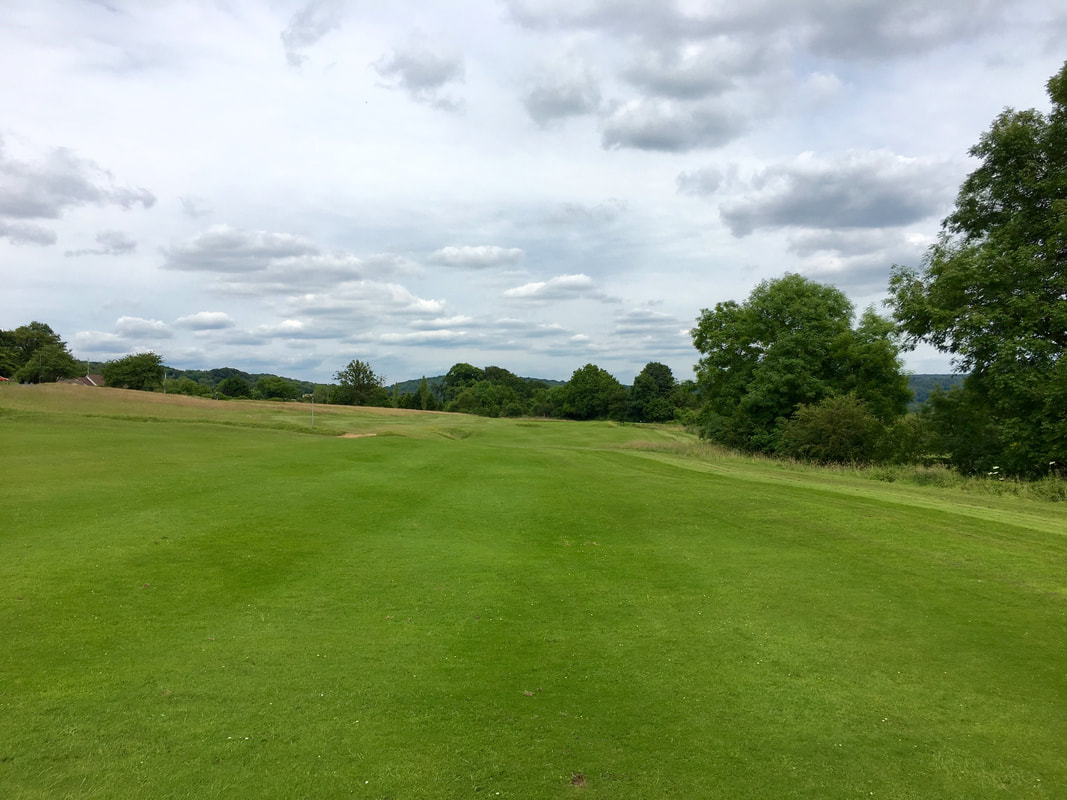
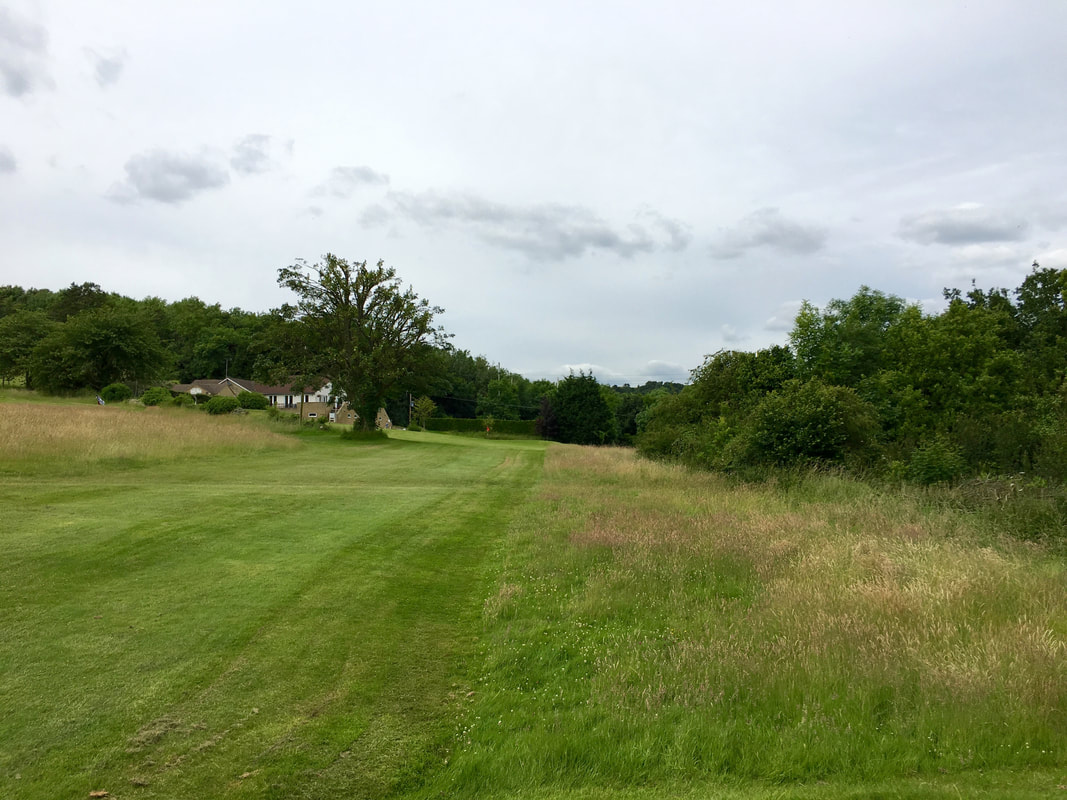
 RSS Feed
RSS Feed